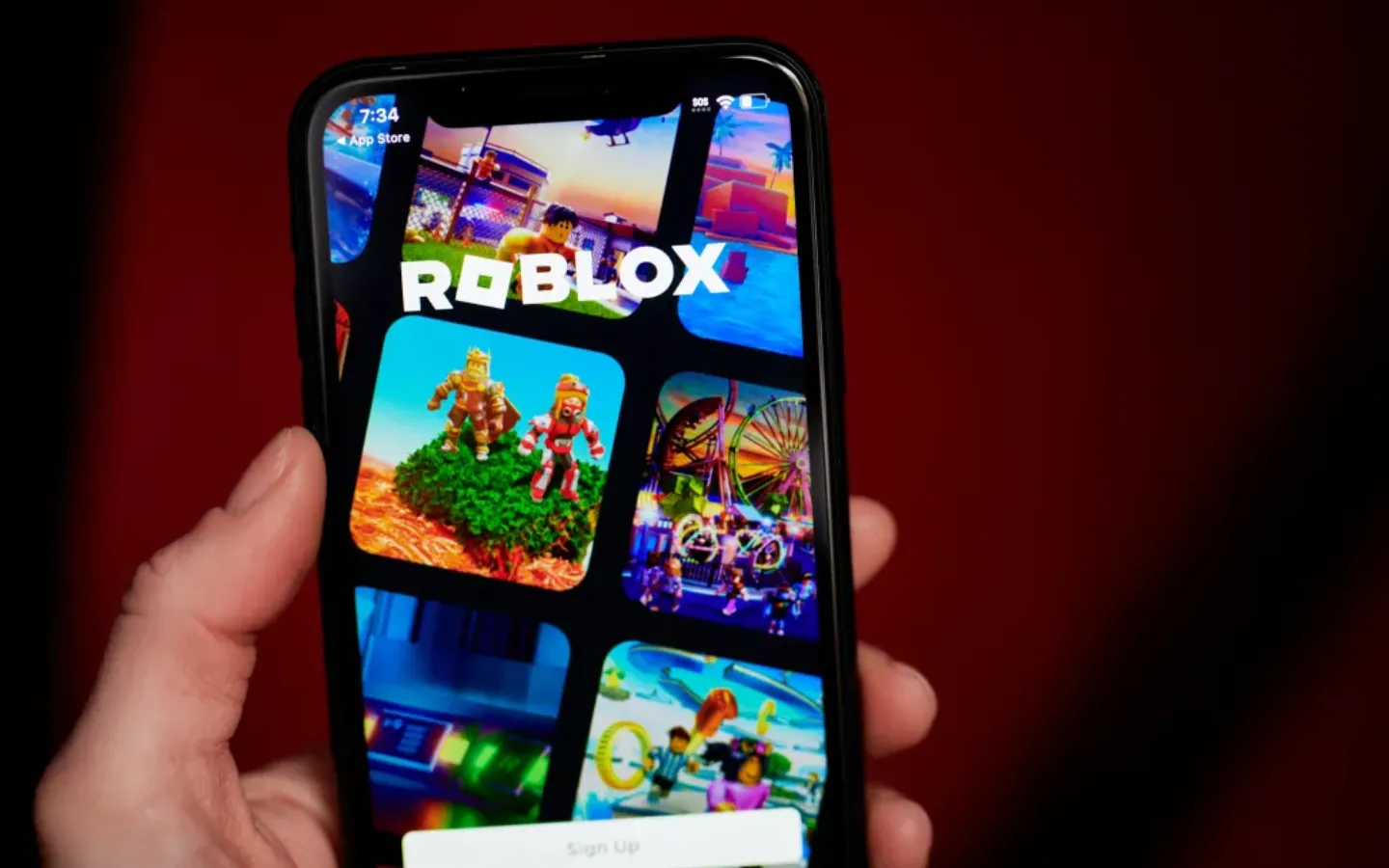Generative artificial intelligence (AI) has captured the imagination of business leaders, researchers, and the public alike. From ChatGPT to DALL-E, these AI models have demonstrated remarkable creativity, writing news articles, creating artwork, and even composing music. However, as the hype settles, it’s time for a reality check. What can we realistically expect from generative AI, and how can it be practically integrated into our everyday lives?
The Evolution of Generative AI
Generative AI has followed a trajectory similar to that of computers. Just as massive mainframe computers gave way to smaller, more efficient machines accessible to enterprises and research institutions, generative AI has progressed from foundational models to increasingly efficient open-source variants. In 2023, we witnessed the launch of Meta’s LlaMa family of large language models (LLMs), followed by other models like StableLM, Falcon, Mistral, and Llama 2. These open models, enhanced with fine-tuning techniques and community-developed datasets, can now outperform many proprietary models despite having smaller parameter counts.

Shifting Expectations
Initially, business leaders’ knowledge of generative AI came from marketing materials and sensational news coverage. Tangible experience was limited to experimenting with models like ChatGPT and DALL-E. However, as the dust settles, leaders now have a more refined understanding of AI-powered solutions. The Gartner Hype Cycle positions Generative AI at the “Peak of Inflated Expectations,” about to transition into the “Trough of Disillusionment”. Deloitte’s “State of Generated AI in the Enterprise” report from Q1 2024 indicates that many leaders still expect substantial transformative impacts in the short term.
Current Trends and Considerations
As we move forward, several trends and considerations will shape the practical integration of generative AI:
-
Multimodal AI: Models that can handle multiple data types (text, images, audio) are gaining prominence. Think about AI that can generate captions for images or translate spoken language into text.
-
Smaller Language Models and Open Source Advancements: Open-source models are catching up to proprietary ones, making AI more accessible and sustainable.
-
GPU Shortages and Cloud Costs: The demand for AI training resources is straining GPU availability, leading to increased cloud costs. Optimizing model training and deployment becomes crucial.
-
Model Optimization: Techniques for fine-tuning and optimizing models are becoming more accessible, allowing customization for specific use cases.
-
Customized Local Models and Data Pipelines: Enterprises are exploring ways to create tailored AI models that fit their unique needs.
-
More Powerful Virtual Agents: AI-powered virtual assistants are evolving, providing better customer support and automating routine tasks.
-
Regulation, Copyright, and Ethical AI Concerns: As AI adoption grows, addressing legal and ethical aspects becomes essential.
-
Shadow AI and Corporate Policies: Organizations must manage AI usage within clear policies to avoid unintended consequences.
Generative AI is no magic bullet, but it is a powerful tool when integrated thoughtfully. As business leaders gain a more realistic understanding, they can harness its potential to transform industries, enhance creativity, and improve efficiency. The journey from hype to practical applications is underway, and the future holds exciting possibilities for generative AI.
Remember, while AI can augment human capabilities, it is not a replacement for human judgment. As we navigate this transformative landscape, let’s keep our expectations grounded and explore the practical applications that lie ahead



